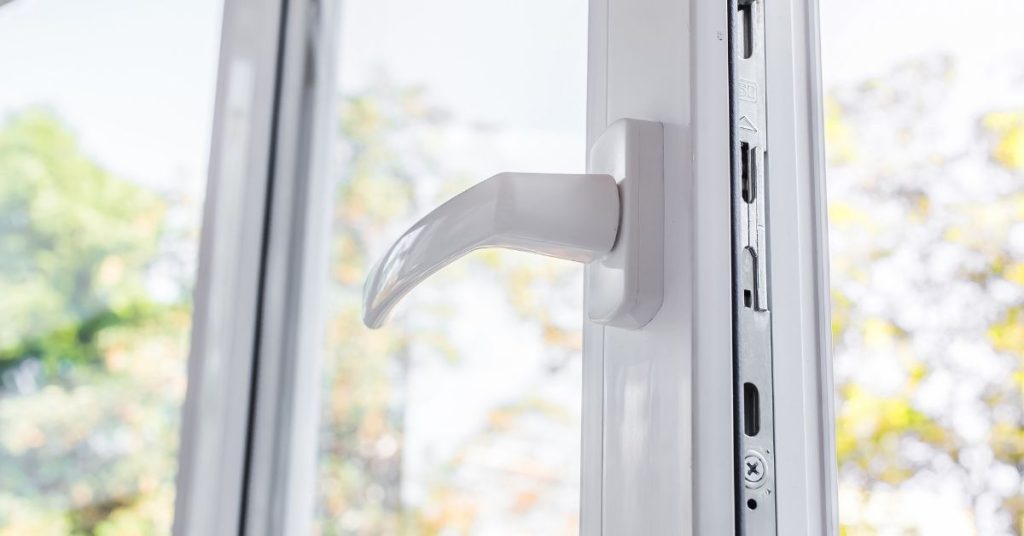Anyone looking to install new windows in their home will most likely come across low-E coatings. This type of metal or metallic oxide glazing is currently one of the most popular options for homeowners because it helps optimize the flow of light and of heat in an undetectable way. And despite the enormous difference it has compared to normal, it is virtually invisible.
Considering the solar energy spectrum, the shortest wavelengths are what compose UV light, while middle-length wavelengths are what form the visible spectrum. Finally, the longest wavelengths belong to infrared light (IR).
Normal windows don’t discriminate between the types of light that pass through, but low-E windows are designed with the purpose of minimizing the amount of UV rays and infrared light that come into the house. Since those rays are reflected back instead of being absorbed, a low-E window doesn’t emit much energy, sometimes even less than 2-4%. Compare this to a window with regular clear glass, which has an emittance level of 84%.
The advantages of low-E glass are numerous: it can reduce the fading of a house’s interior, reduce condensation, and increase insulation, all of which are important in maintaining the comfort and efficiency of a home.
Avoiding fading
UV rays are considered to be the most harmful radiation in the light spectrum since they are the most “energetic” and therefore the most likely to break the chemical bonds in various materials. It’s no surprise then that they are responsible for the fading of most organic materials inside the house, such as paintings, carpets, fabrics, and wood furniture, which, when exposed to the sun for too long will begin to develop unsightly signs of decay. The good news is that low-E coatings can reduce the UV transmitted by up to 75%, protecting most interior furnishings for much longer.
Reducing condensation
Low-E, high-performance windows allow for the interior of the glass surface to be warmer, thus reducing the amount of frost and condensation that appear during the colder months. Even under extreme winter conditions, low-E glazing doesn’t allow for large amounts of condensation. This helps to ensure that your home is protected from potential mold and mildew that can grow on surfaces dampened by condensation.
Increasing insulation
The loss of heat from the inside of the house into the exterior is one of the reasons regular windows are not very energy-efficient; losing interior heat through windows means that the level of insulation isn’t as high as it could be. Low-E glass blocks the escape of infrared radiation, or heat, thus allowing the interior temperature of the home to remain comfortable. This can reduce the house’s energy usage by around 30% in most cases.
We offer a wide selection of low-E windows and glass patio doors. All of our low-E products are manufactured here in Canada and professionally installed. Save money on your energy bills and protect your home year-round with the addition of low-E windows and doors. Contact us to learn more about our windows, and to book a free, no-obligation estimate today!
